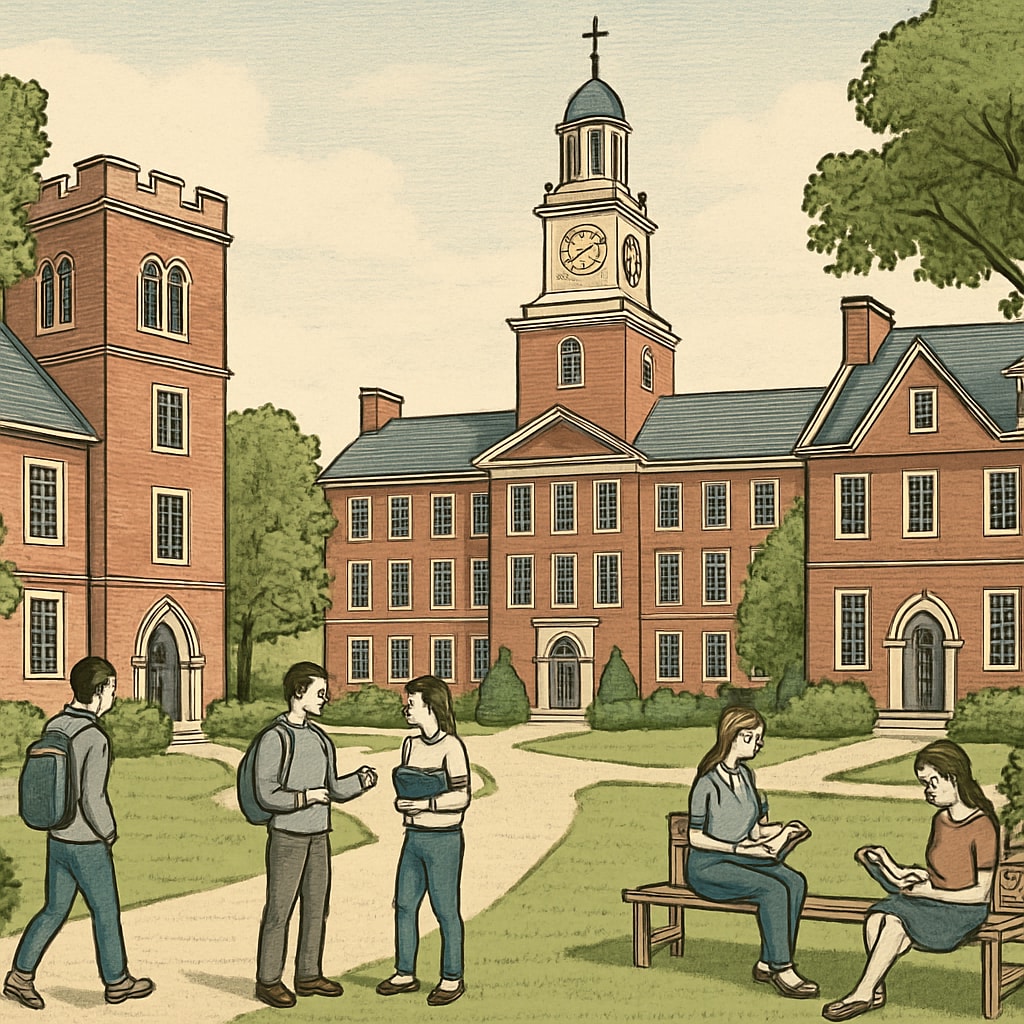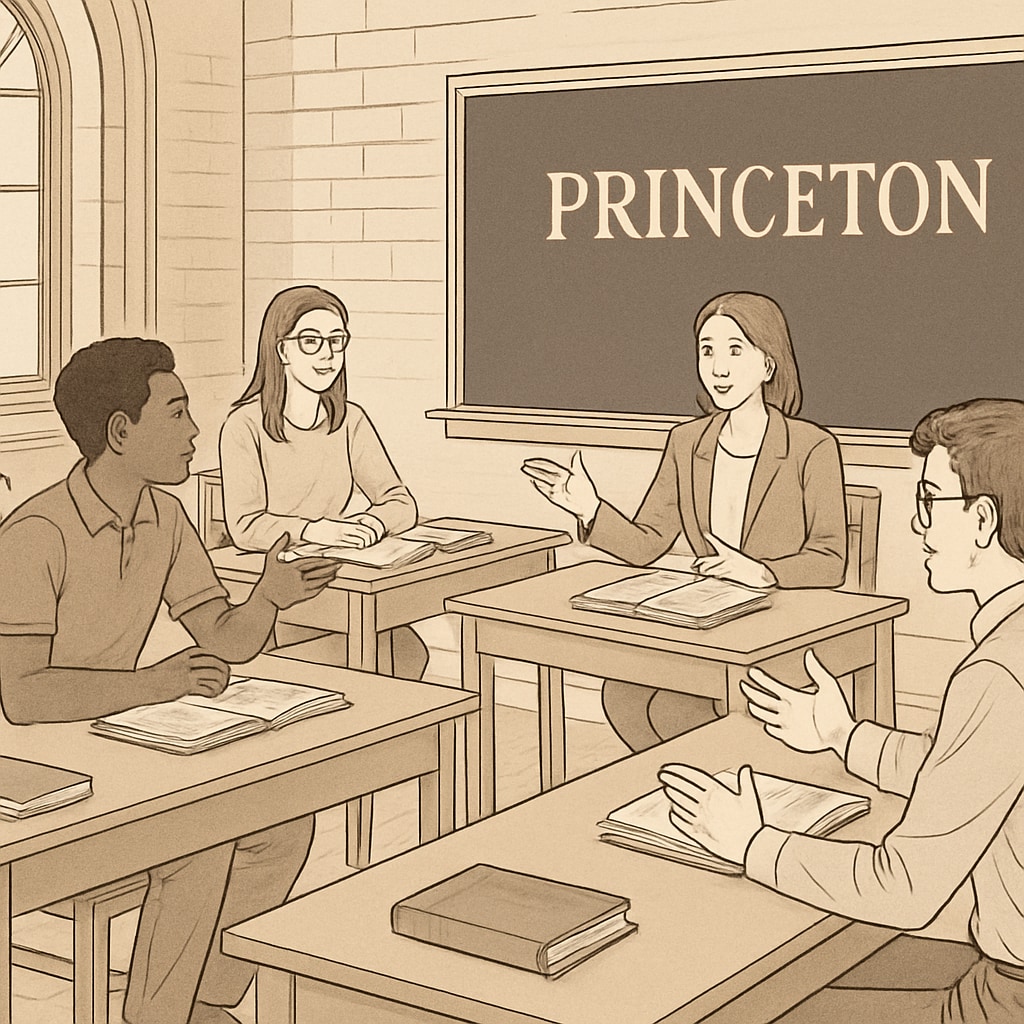The Ivy League, with Princeton at its helm, has long been considered the pinnacle of higher education. However, the glorified reputation of Princeton, Ivy League, and higher education as a whole warrants critical examination. Are these institutions truly delivering the unparalleled value they promise, or is their prestige more about perception than substance? This article explores the gap between the perceived and actual value of Ivy League education and the potential harm it may inflict on the aspirations and mental well-being of K-12 students.
The Overhyped Reputation of Ivy League Institutions
The Ivy League, a group of eight elite institutions including Princeton, is often associated with exceptional academic rigor, networking opportunities, and career prospects. While these schools undeniably offer access to resources and an influential alumni network, their perceived superiority is not always supported by measurable outcomes. For instance, studies have shown that students from non-Ivy institutions can achieve comparable career success when they possess similar levels of ambition and capability.
Moreover, the focus on exclusivity fosters an elitist culture that values brand recognition over educational innovation. According to a 2020 report by the Encyclopedia Britannica, the Ivy League’s prestige is rooted in historical privilege rather than a consistently superior educational model. For many, the allure is more about the name “Princeton” on a diploma than the actual learning experience.

Princeton and the Question of Educational Value
Princeton University, often regarded as one of the crown jewels of the Ivy League, exemplifies this myth of educational supremacy. While it offers world-class faculty and facilities, critics argue that its curriculum and pedagogy are not fundamentally different from those of top public universities. What truly sets Princeton apart is its brand—an intangible asset that disproportionately influences college rankings and public perception.
In addition, the intense competition for admission to Princeton exacerbates societal inequalities. Wealthier families can afford private tutors, extracurricular coaching, and legacy admissions advantages, further skewing access to these institutions. As a result, the supposed meritocracy of Ivy League schools becomes a self-perpetuating cycle of privilege.

The Impact on K-12 Students
One of the most concerning aspects of the Ivy League obsession is its trickle-down effect on K-12 students. The pressure to gain admission to these prestigious institutions begins early, often leading to unhealthy levels of stress, burnout, and a narrow focus on academic achievement at the expense of personal development. According to the Wikipedia article on U.S. college admissions, the Ivy League’s low acceptance rates fuel a toxic culture of overachievement, where students feel compelled to sacrifice their mental health to meet unrealistic standards.
Furthermore, this Ivy-centric mindset discourages students from considering alternative paths, such as community colleges, vocational training, or attending less selective but equally rigorous institutions. The societal fixation on “elite” education creates a false dichotomy, where anything outside the Ivy League is perceived as a compromise.
Rethinking the Value of Higher Education
It is essential to challenge the narrative that Ivy League institutions like Princeton are the only routes to success. Employers are increasingly recognizing the importance of skills and experience over pedigree. Additionally, the rise of online learning platforms and public university honors programs has democratized access to quality education, offering students more diverse and affordable options.
As a society, we must shift our focus from prestige to purpose. Encouraging students to pursue fields they are passionate about, regardless of institutional branding, will lead to a more equitable and fulfilling educational landscape. It is time to dismantle the Ivy League myth and prioritize education that truly serves the needs of all students.
Readability guidance: This article uses clear language, short paragraphs, and transitional phrases like “however,” “moreover,” and “as a result” to enhance comprehension. Lists and images are strategically placed to ensure readability and support key arguments.


